Think annuals are one-hit wonders? Think again! Some garden stars fizzle out by mid-July, leaving bare spots and wilted petals. 11 of those drama queens will ghost you just when your summer party heats up. But don’t despair—there’s a squad of 11 true all-stars that keep the show rolling until the first frost. They laugh at scorching sun and shrug off surprise heatwaves. From impatiens that blush nonstop to verbena trails that carpet your beds in color, these bloomers refuse to quit. Grab your seed packets or bedding plants, pick your winners, and kick the drama crops to the curb. With the right lineup, your garden becomes a nonstop festival of petals—no early exits allowed. Ready to choose your summer’s MVPs? Let’s meet the annuals that bow out too soon…and the ones that go all the way to autumn’s grand finale!
Petunia
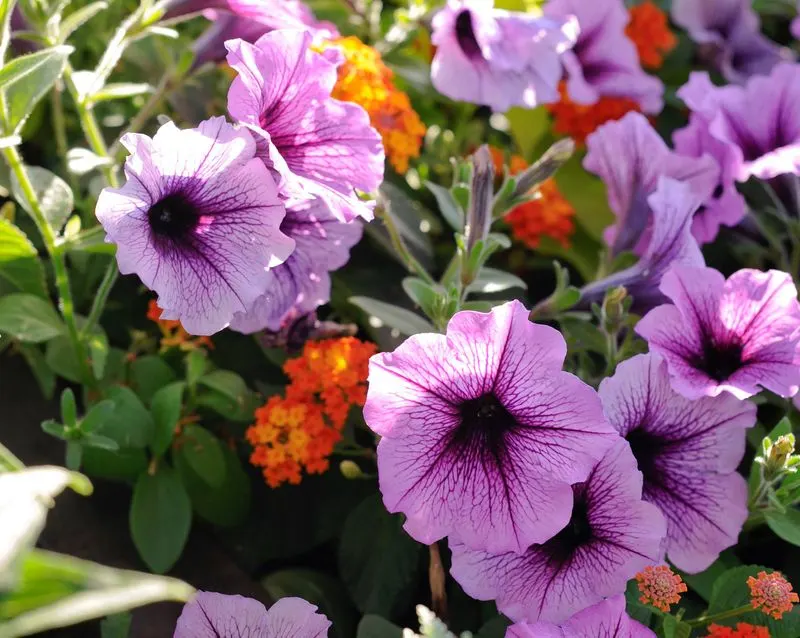
Petunias are a gardener’s delight with their vivid colors. By mid-summer, however, they may start to falter. Their need for consistent watering and deadheading can be demanding during the hotter months.nnDespite this, petunias can be revived with proper care. Regular fertilization and pruning can extend their blooming period.nnTheir cascading beauty makes them perfect for hanging baskets. Embracing the challenge of maintaining petunias can reward you with a lively garden display early in the season.
Marigold
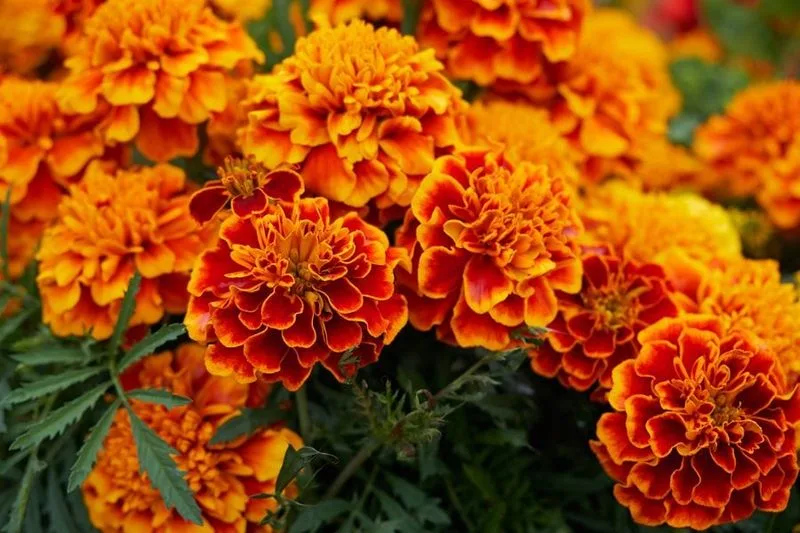
Marigolds thrive in the summer sun but may lose their vigor by mid-season. Known for their pest-repelling properties, they are a favorite among vegetable gardeners.nnAs mid-summer arrives, marigolds can become leggy and less vibrant. Deadheading helps prolong their bloom.nnThese flowers add a splash of gold to any garden, and their strong scent is unmistakable. Providing regular care ensures they brighten your space for as long as possible.
Geranium
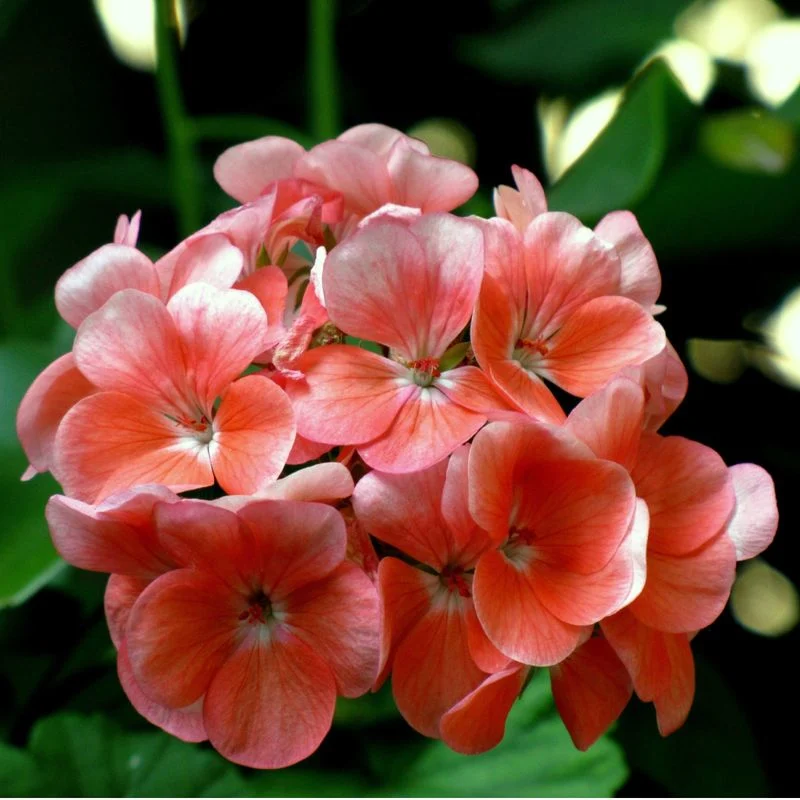
Geraniums are versatile annuals often seen in window boxes. Mid-summer heat can cause them to stop blooming.nnRegular watering and the removal of spent blooms are key to maintaining their beauty. With care, they can sometimes bloom into autumn.nnKnown for their resilience, geraniums can thrive in various conditions. Their vibrant colors and easy maintenance make them a beloved choice for many gardeners.
Pansy
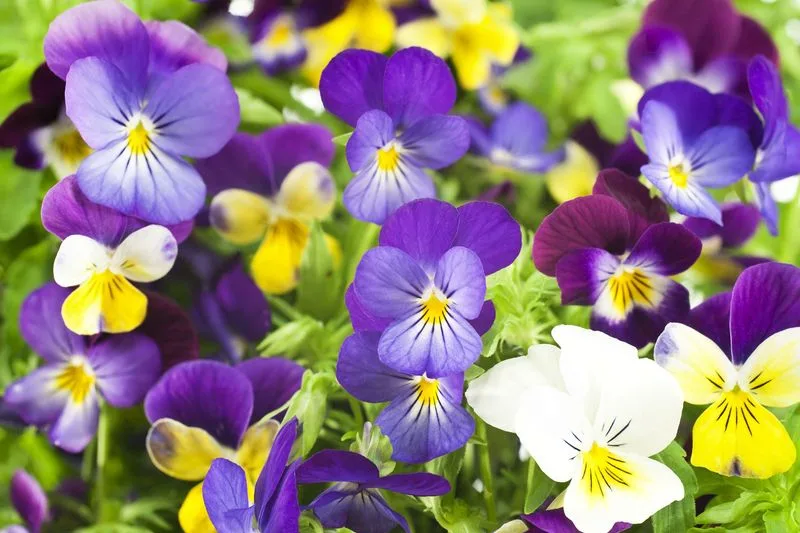
Pansies are cool-weather favorites, often struggling in the summer heat. By mid-summer, they typically cease blooming.nnTo boost longevity, plant pansies in partially shaded areas. Regular watering can help sustain them longer.nnKnown for their cheerful ‘faces,’ pansies bring a touch of whimsy to gardens. Their blooms may be short-lived in hot weather, but their charm remains undeniable.
Nasturtium
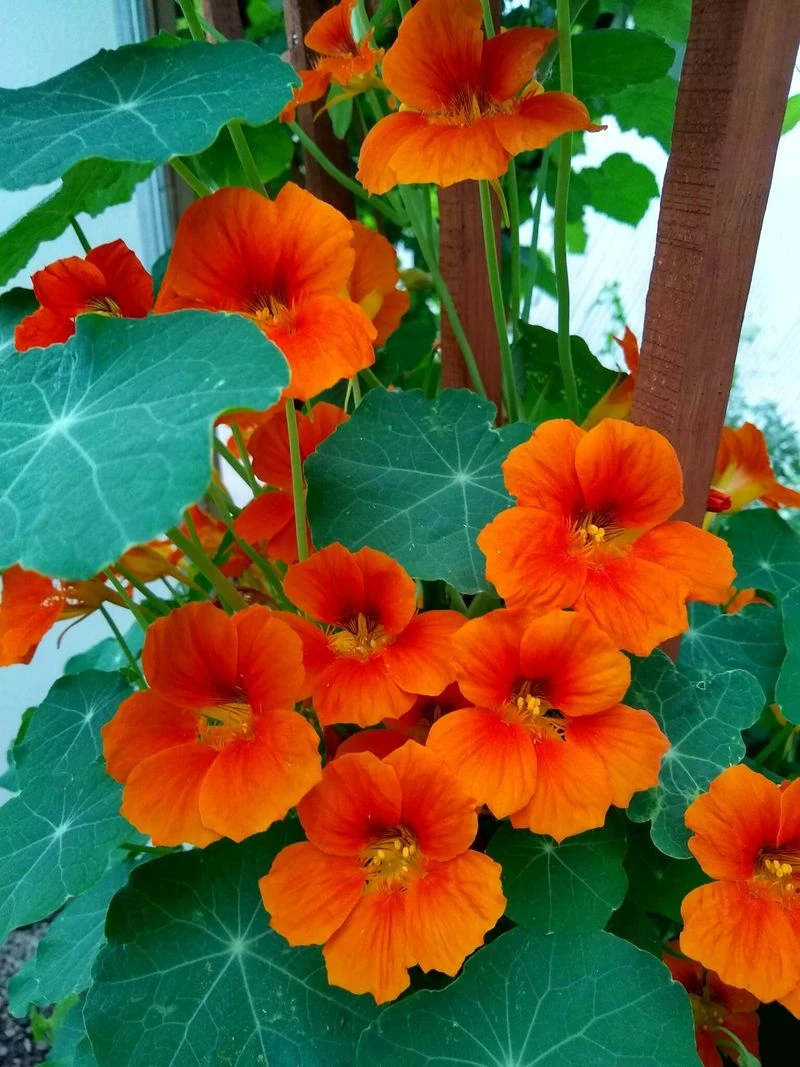
Nasturtiums are unique annuals with edible flowers and leaves. Typically, they bloom prolifically until mid-summer.nnThey thrive in poor soil and require minimal care, making them ideal for novice gardeners.nnAs the summer progresses, their blooms may fade, but their lush foliage remains attractive. Nasturtiums can add a peppery zing to salads and garden beds alike.
Impatiens
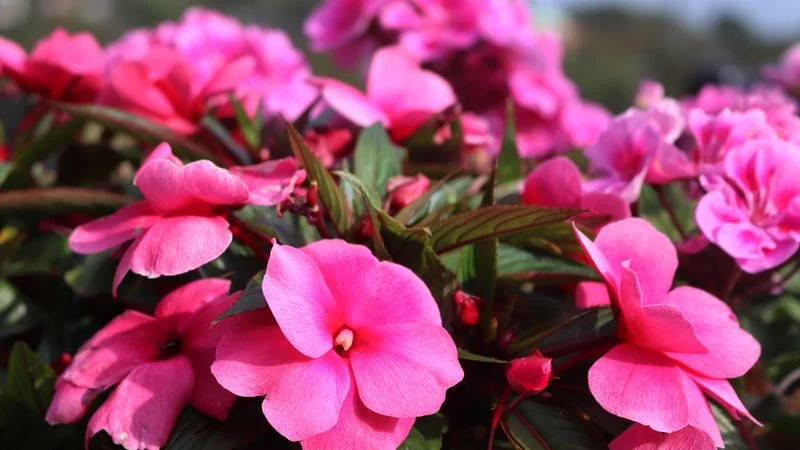
Impatiens offer a burst of color in shady spots but may struggle as summer peaks. Their blooms often dwindle by mid-summer.nnThey require consistent moisture and thrive in shaded or partially shaded areas.nnDespite their mid-summer lull, impatiens can be rejuvenated with proper watering and care. Their resilience and vibrant colors make them a popular choice for shady gardens.
Snapdragon
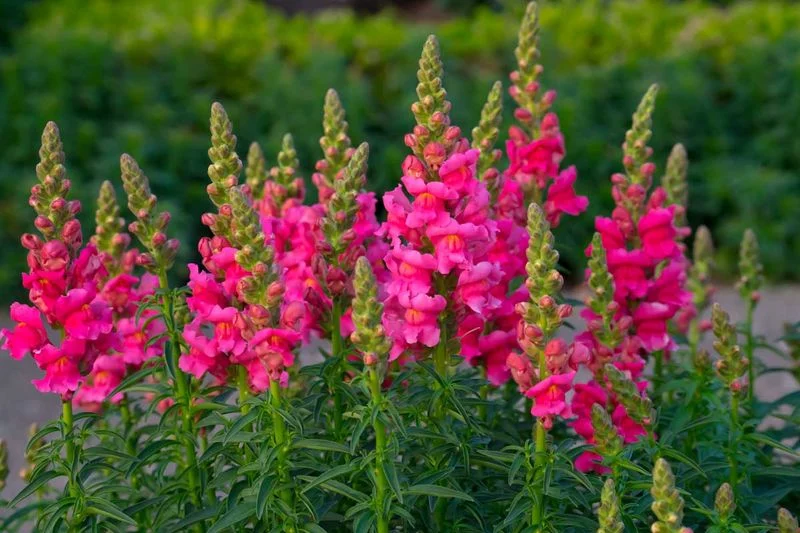
Snapdragons are known for their tall spikes of flowers, capturing attention early in the season. However, the heat of mid-summer can halt their blooming.nnThey perform best in cooler weather and appreciate rich, well-drained soil.nnRegular deadheading can sometimes encourage a second blooming in the fall. With their playful appearance, snapdragons remain a garden favorite despite their summer pause.
Lobelia
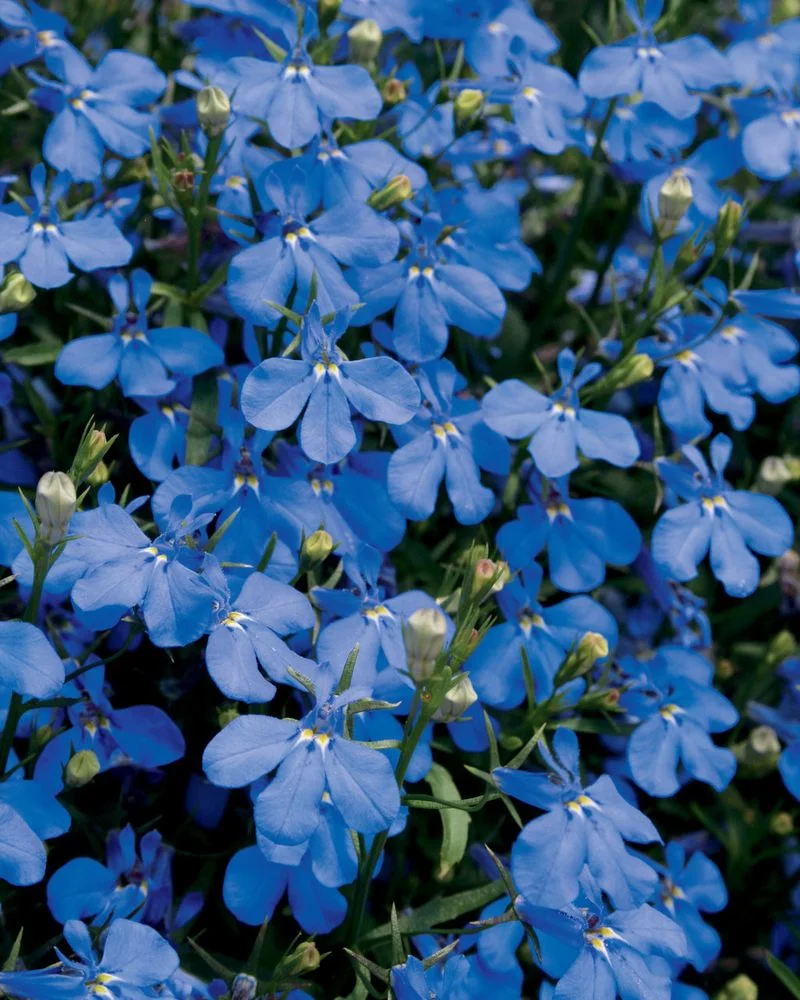
Lobelia’s cascading blooms are a sight to behold in early summer. However, they often stop blooming as temperatures rise mid-summer.nnKeeping them well-watered and in partially shaded areas can help extend their beauty.nnWith their delicate flowers, lobelias add elegance to hanging baskets and borders. Despite their sensitivity to heat, their early blooms are worth the effort.
Sweet Alyssum
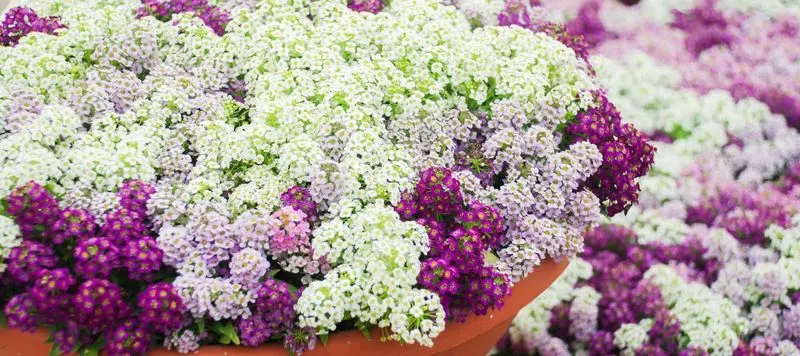
Sweet Alyssum is cherished for its delightful fragrance, but mid-summer heat can cause it to stop blooming.nnIt thrives in cooler temperatures and benefits from regular watering and trimming.nnThis low-growing plant is perfect for borders and containers, adding a sweet scent and delicate beauty to any garden. Its charming clusters of tiny flowers make it a favorite among gardeners.
Calibrachoa

Calibrachoa, often mistaken for mini petunias, can struggle in the peak summer heat. By mid-summer, blooms may diminish.nnThey thrive with regular watering and occasional fertilizing. Ideal for containers, their trailing habit adds interest.nnDespite their mid-summer pause, calibrachoas can rebound in cooler temperatures. Their vibrant colors and adaptability make them a delightful addition to any garden setting.
Salvia
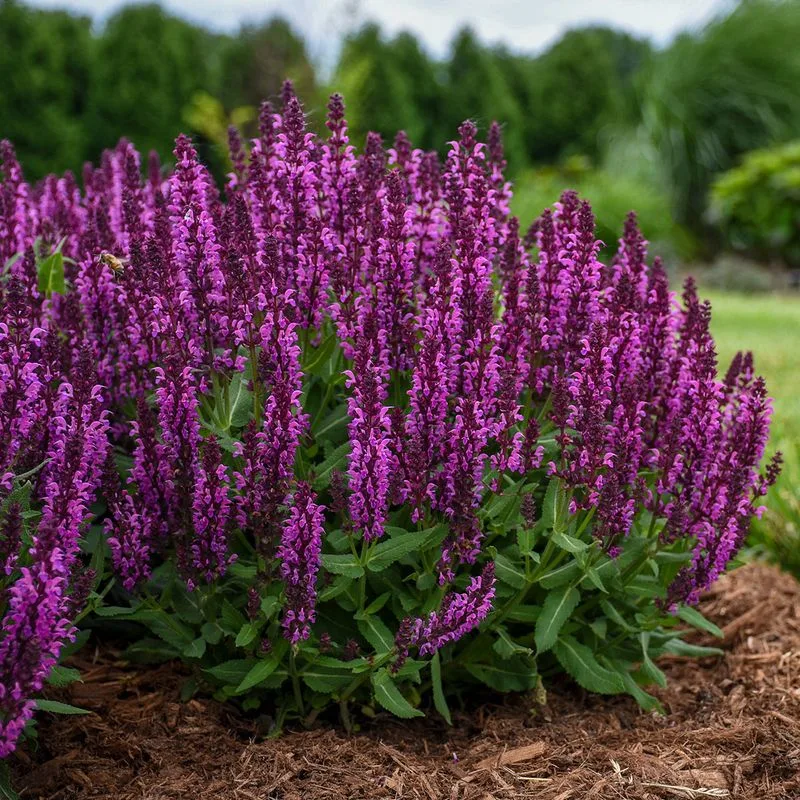
Salvias are known for their striking spikes of flowers, which often flourish until frost arrives.nnThese plants are adored by pollinators, making them an essential addition to eco-friendly gardens.nnRequiring minimal care, salvias thrive in sunny spots with well-drained soil. Their long-lasting blooms and drought tolerance make them a gardener’s best friend during the late season.
Zinnia
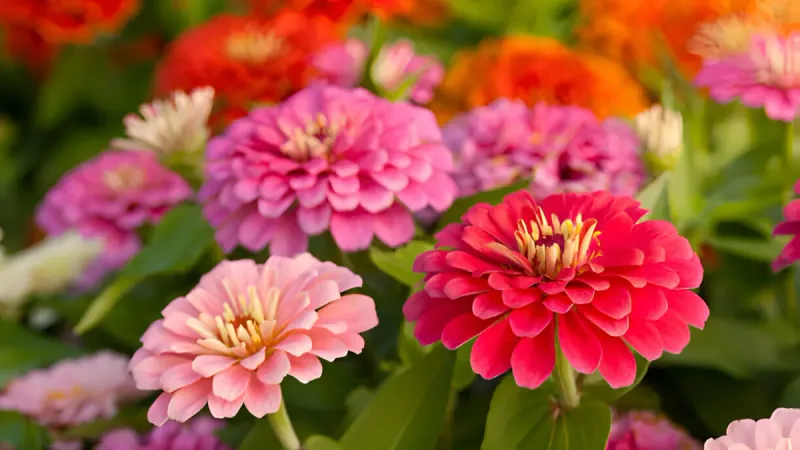
Zinnias are beloved for their bold colors and long-lasting blooms, continuing until the first frost.nnThey are sun-loving, drought-tolerant plants that require little maintenance. Regular deadheading encourages more blooms.nnWith their bright, cheerful presence, zinnias are a staple in summer gardens. They attract butterflies, adding movement and life to the floral display.
Cosmos
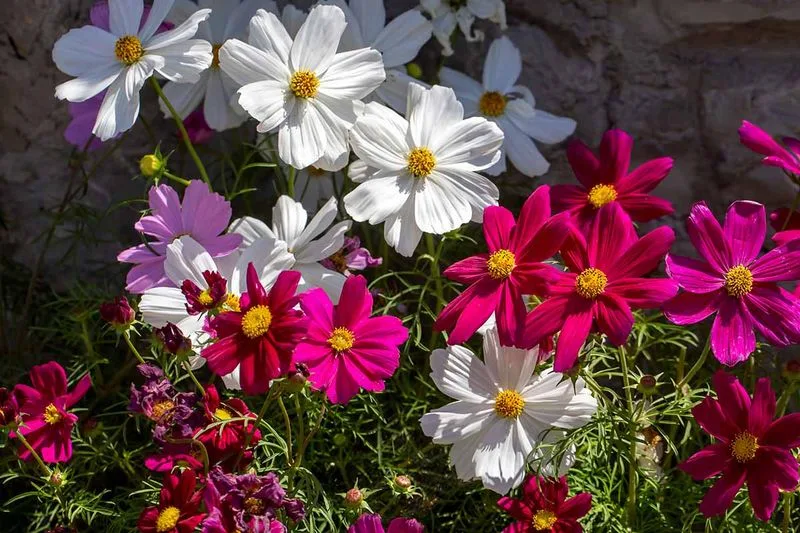
Cosmos flowers are easygoing annuals that bloom profusely until frost. Known for their delicate, daisy-like flowers, they add grace to any garden.nnThey thrive in poor soil and need minimal care. Regular deadheading can promote continuous blooming.nnCosmos attract birds and butterflies, enhancing the garden’s biodiversity. Their airy, whimsical appearance makes them a favorite among gardeners seeking a natural look.
Sunflower
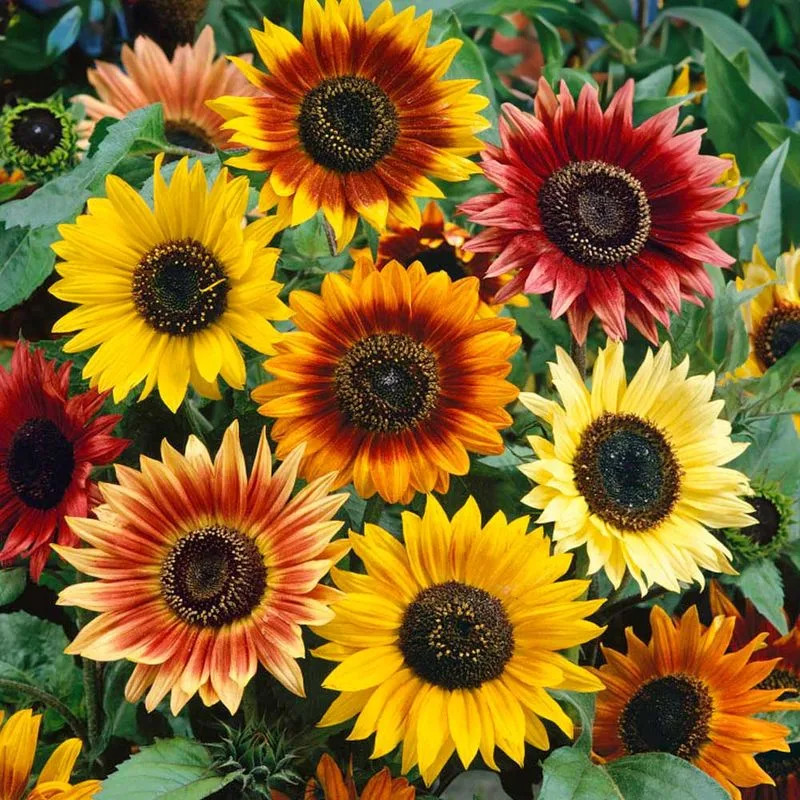
Sunflowers are iconic summer blooms that continue to enchant until the first frost. Their towering presence and cheerful faces are a garden highlight.nnThey are hardy plants, thriving in sunny locations and requiring minimal care.nnSunflowers not only provide visual interest but also produce seeds for wildlife. Their lasting blooms and adaptability make them a popular choice for late-season gardens.
Cleome
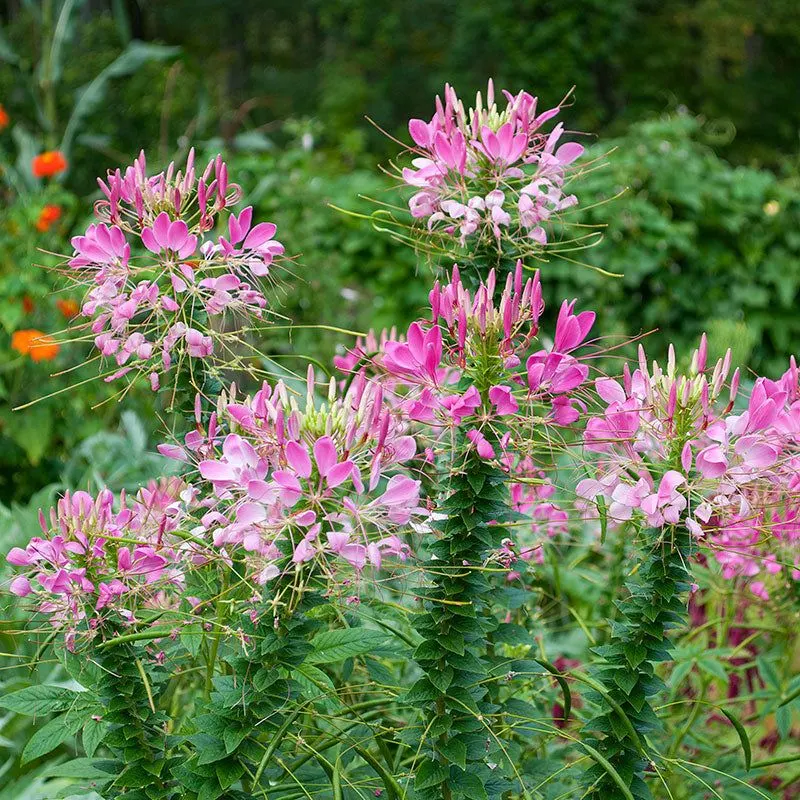
Cleome, or spider flower, blooms prolifically until frost with its unique, spidery blossoms.nnThis tall annual requires minimal care and thrives in full sun. It adds height and drama to any garden.nnNot only visually striking, cleome attracts pollinators, making it a valuable addition to wildlife-friendly gardens. Its unusual appearance adds an exotic feel to floral displays.
Verbena
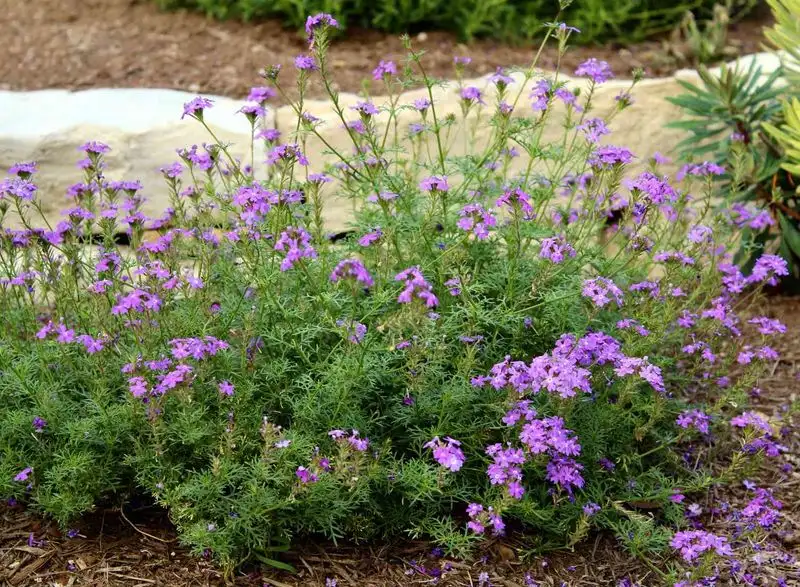
Verbena is known for its profuse flowering, which lasts until the first frost. This resilient annual thrives in sunny spots.nnWith regular watering and occasional feeding, verbena provides continuous color. Its trailing habit makes it perfect for containers.nnThe vivid blooms attract butterflies, enhancing the garden’s allure. Verbena’s long-lasting nature and ease of care make it a garden staple for vibrant late-season displays.
Lantana
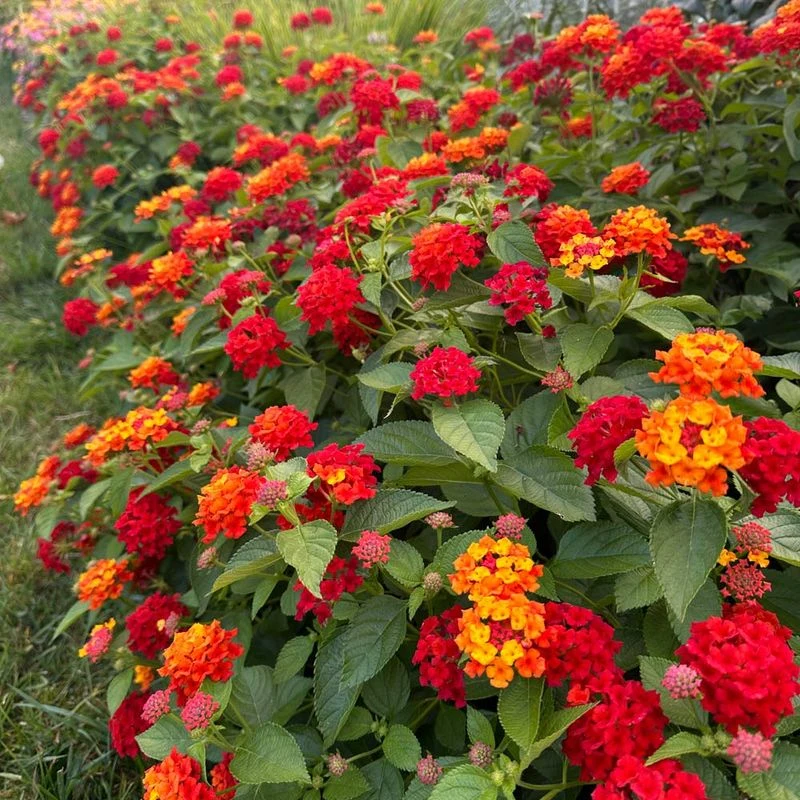
Lantana is a hardy annual that continues to bloom until frost. Its vibrant clusters of flowers are a magnet for pollinators.nnThese plants thrive in heat and require little water, making them perfect for low-maintenance gardens.nnLantana’s bold colors and robust nature make it a standout in any floral arrangement. Its resilience in hot weather extends the garden’s visual appeal into late fall.
Portulaca
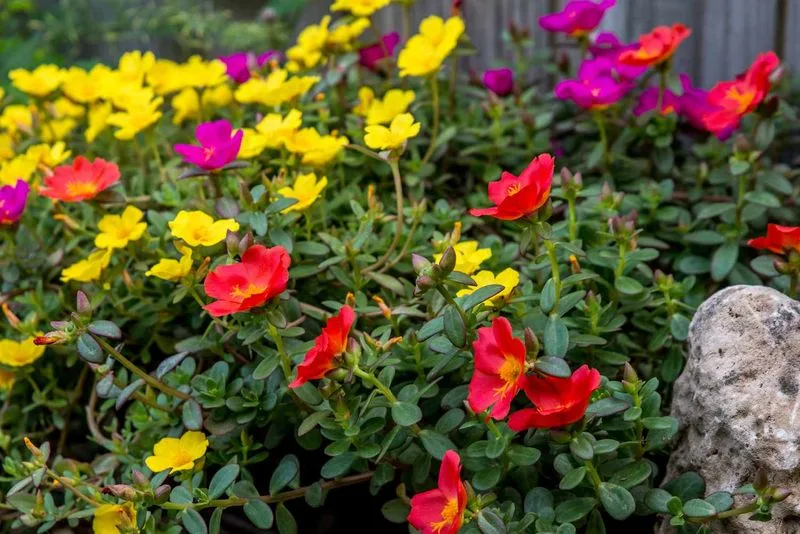
Portulaca, or moss rose, is a drought-tolerant annual that blooms until frost. Its succulent-like leaves and vivid flowers create a striking ground cover.nnThriving in poor soil and full sun, portulaca requires minimal care. It’s an excellent choice for rock gardens and borders.nnWith its cheerful blooms, portulaca adds a burst of color to any garden space. Its hardiness and low maintenance needs make it a favorite for those seeking lasting beauty.
Tithonia
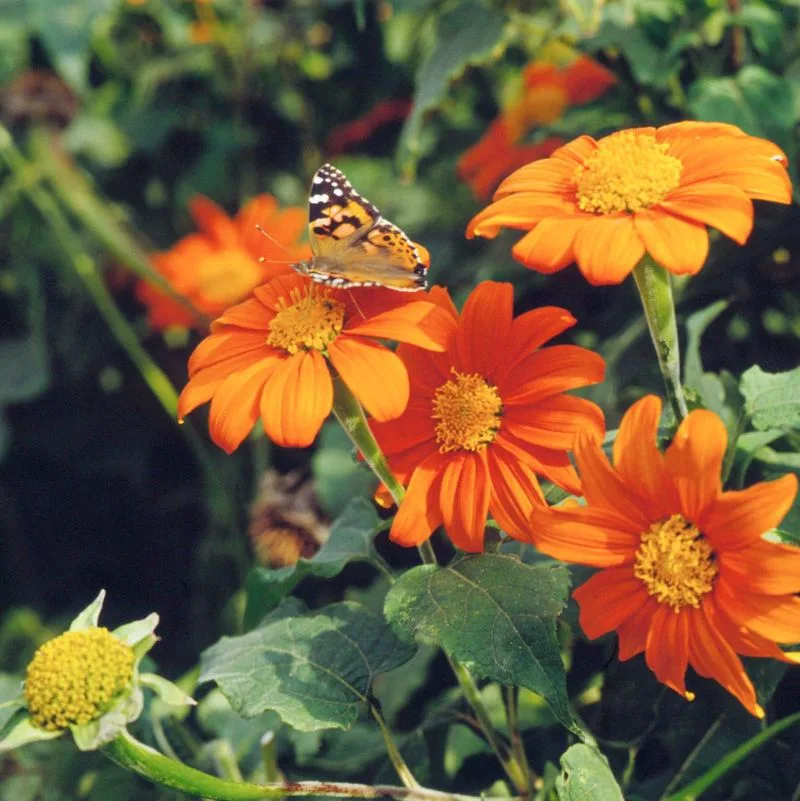
Tithonia, or Mexican sunflower, is known for its vibrant orange blooms that persist until frost.nnThis tall, sun-loving annual attracts numerous butterflies, enhancing garden biodiversity.nnRequiring little care, tithonia is ideal for garden borders and wildlife gardens. Its towering presence and fiery colors provide a bold statement in late-season gardens.
Ageratum
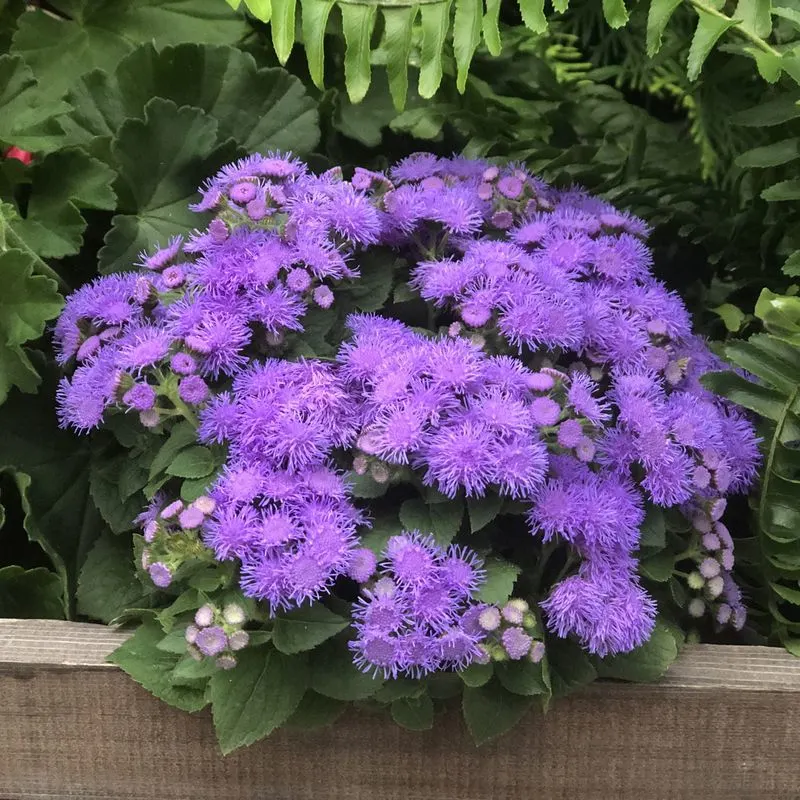
Ageratum, with its fluffy, cloud-like flowers, continues to bloom until frost. This compact annual thrives in sun or partial shade.nnIt requires regular watering and minimal maintenance, making it ideal for beginner gardeners.nnAgeratum’s dainty blooms add softness to garden borders and containers. Their long-lasting nature and ease of care make them a charming addition to late-season floral displays.
Rudbeckia
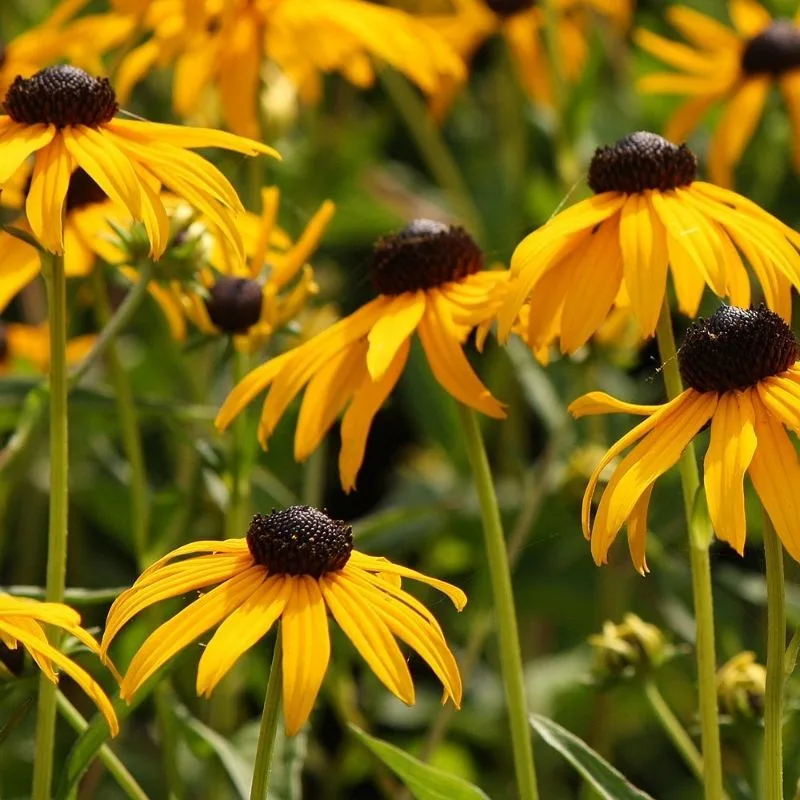
Rudbeckia, commonly known as black-eyed Susan, blooms brightly until frost. Its sunny yellow flowers are a familiar garden sight.nnThese hardy annuals require minimal care, thriving in various soil conditions.nnRudbeckia’s cheerful blooms attract pollinators and add warmth to any garden. Their resilience and vibrant color make them a beloved choice for late-season gardeners.
Torenia Fournieri
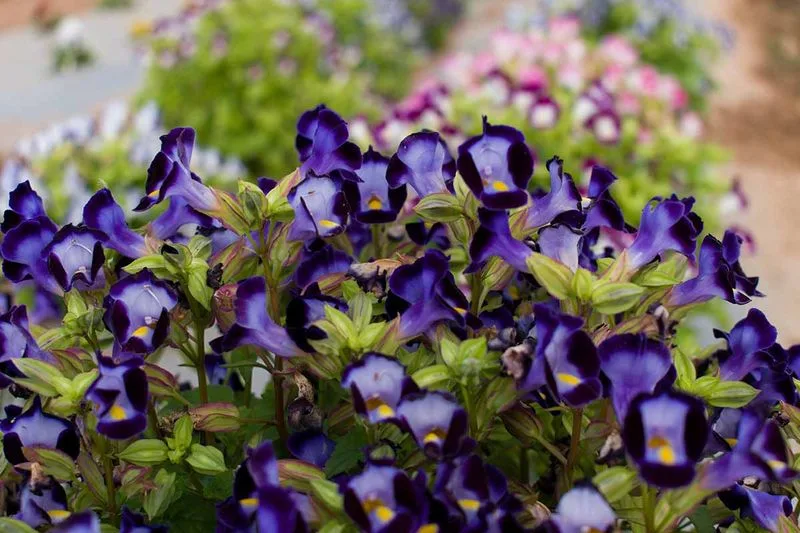
Torenia Fournieri, often called the wishbone flower, thrives as a cheerful addition to any garden. Its trumpet-shaped blossoms appear in early summer and continue to flourish until the first frost. The lavender flowers, highlighted with creamy white and a hint of yellow, are a sight to behold.
Though small in stature, this annual packs a punch with its bold colors. It performs well in both sun and partial shade, making it versatile for various garden designs.
A native of Asia, Torenia holds a special place in landscapes, ensuring color when other blooms fade.

